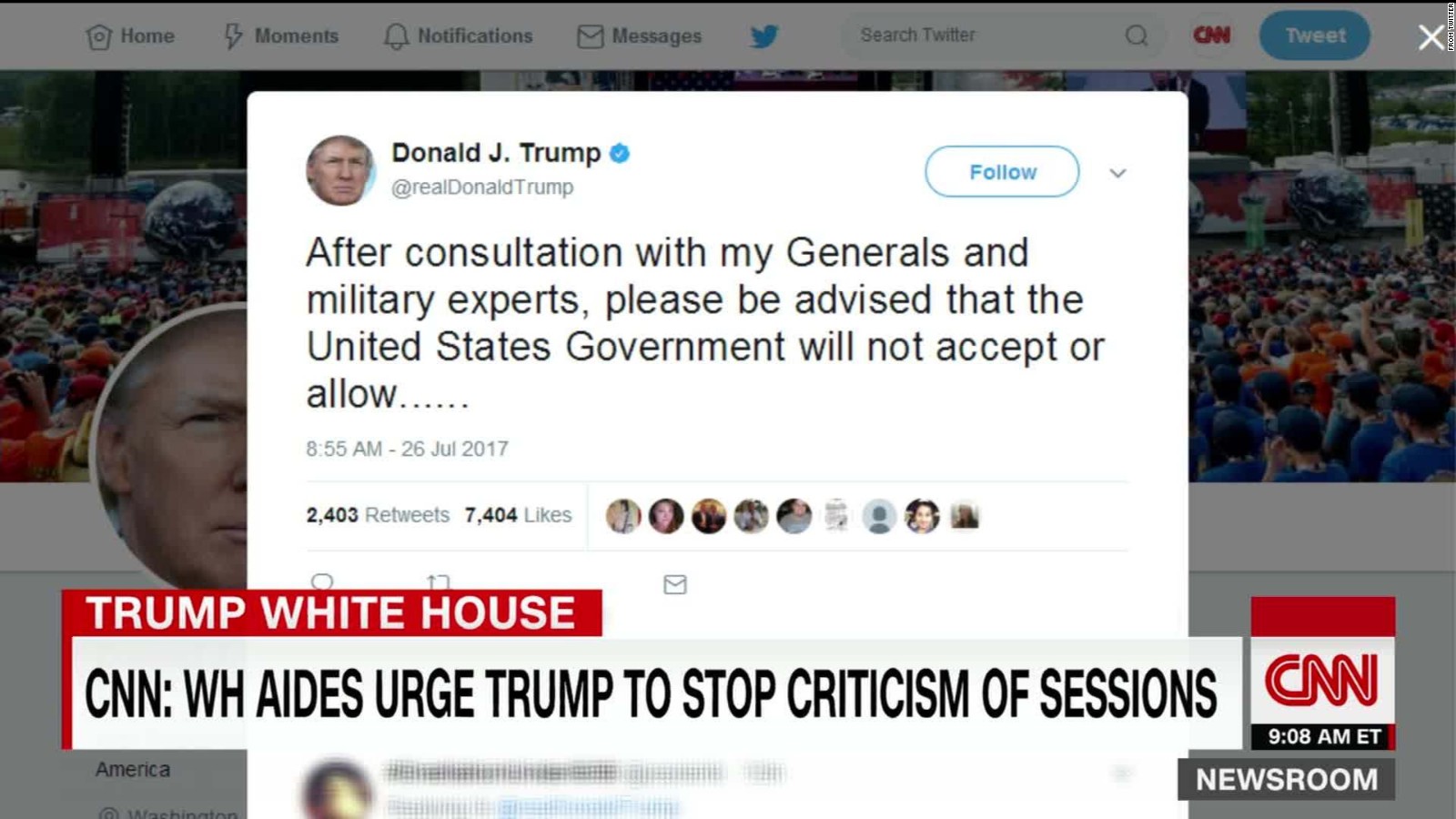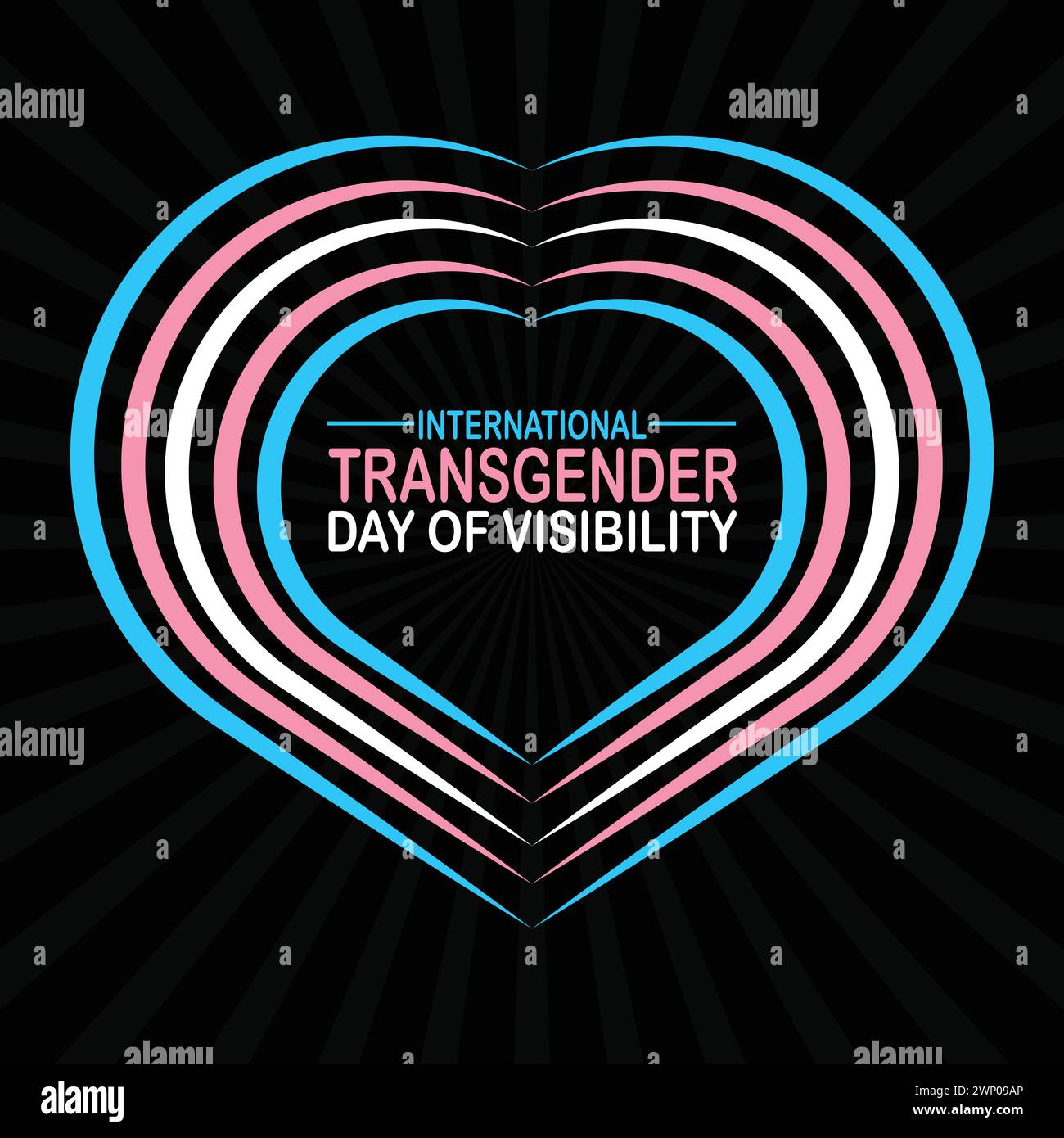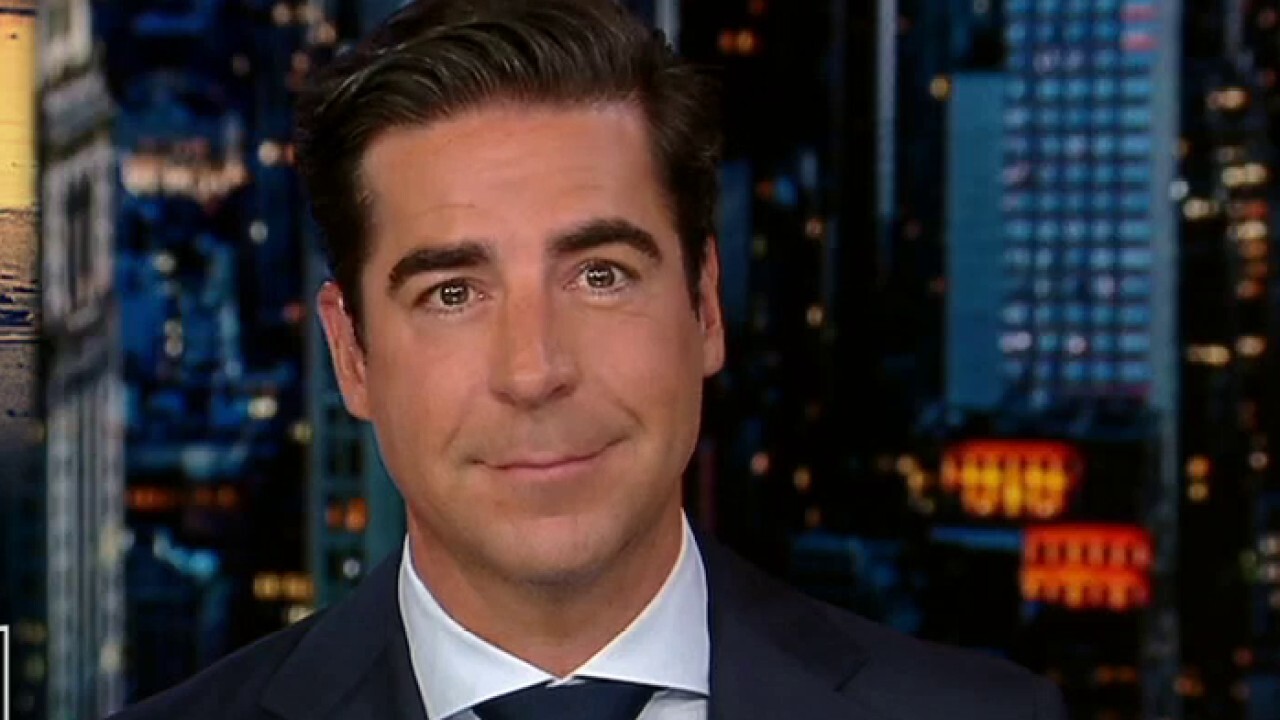The Transgender Military Ban: Unpacking Trump's Controversial Decision

Table of Contents
The Genesis of the Ban: Understanding the Rationale Behind the Policy
The stated rationale behind the transgender military ban cited concerns about the costs associated with healthcare for transgender service members, potential disruptions to unit cohesion, and questions about combat readiness. However, these justifications lacked substantial evidence and faced significant criticism.
The administration argued that:
- The cost of gender-affirming healthcare would place an undue burden on military resources.
- The presence of transgender individuals would negatively impact unit cohesion and morale.
- Transgender individuals posed a potential security risk due to medical needs and transitions.
These arguments were immediately challenged:
- Studies showed that the healthcare costs associated with transgender service members were minimal compared to the overall military budget.
- Numerous testimonies from transgender service members and their commanders refuted claims of disrupted unit cohesion.
- Experts highlighted the lack of any evidence supporting the assertion that transgender individuals posed a security risk.
Crucially, many observers pointed to the significant role of political considerations in the decision-making process, suggesting that the ban was driven by partisan agendas rather than genuine concerns about military readiness or cost. The ban became a highly visible symbol in the ongoing debate over LGBTQ+ rights in the United States.
Legal Challenges and Court Battles: The Fight for Transgender Rights in the Military
The transgender military ban immediately faced significant legal challenges, resulting in a series of high-profile court cases. Organizations like the American Civil Liberties Union (ACLU) played a crucial role, filing lawsuits and representing transgender service members affected by the policy.
Key court cases included:
- Doe v. Trump: This case challenged the ban on the grounds that it violated the constitutional rights of transgender service members.
- Karnoski v. Esper: This lawsuit focused on the discriminatory impact of the ban on the career prospects of transgender service members.
The arguments presented by the plaintiffs centered on equal protection and due process clauses of the Constitution, arguing that the ban discriminated against transgender individuals based on their gender identity. The defense maintained that the ban was necessary for military readiness and efficiency.
The rulings varied across different courts, reflecting the deeply divided opinions on the issue. Ultimately, the ban was overturned, with the courts finding it discriminatory and unconstitutional. This legal victory marked a significant step towards greater inclusion and equality within the US military. The involvement of the ACLU and other advocacy groups proved instrumental in securing legal wins for transgender service members.
The Impact on Transgender Service Members: Personal Stories and Experiences
The transgender military ban had a devastating impact on the lives of countless transgender service members. Many were forced to leave the military, losing their careers, benefits, and sense of belonging. The psychological and emotional toll was immense, with many reporting increased rates of depression, anxiety, and suicidal ideation.
Examples of the challenges faced include:
- Loss of employment and benefits.
- Discrimination and harassment from fellow service members and superiors.
- Difficulties accessing gender-affirming healthcare.
While precise statistics are difficult to obtain, anecdotal evidence and reports suggest a significant decline in the number of transgender individuals serving openly in the military following the implementation of the ban. This resulted not only in a loss of valuable talent but also negatively affected morale and unit cohesion, contradicting the very justifications used to implement the ban. The experiences of transgender service members underscore the importance of inclusive policies that value diversity and support the well-being of all personnel.
The Broader Context: Transgender Rights and Military Inclusion in a Global Perspective
The US policy on transgender service members contrasts sharply with the policies of many other countries. Several nations have openly inclusive policies towards transgender individuals in their militaries, demonstrating a global shift towards greater acceptance and understanding.
Examples of countries with more inclusive policies include:
- Canada
- United Kingdom
- Australia
- Many countries in Western Europe
These countries recognize the value of diversity and inclusion within their armed forces, highlighting the potential benefits of having a military that reflects the broader population. The evolving landscape of LGBTQ+ rights globally underscores the importance of continuous advocacy for inclusive policies that promote equal opportunity and respect for all individuals, regardless of gender identity or sexual orientation. International treaties and agreements related to human rights also increasingly emphasize non-discrimination and the protection of LGBTQ+ individuals. This broader global context further emphasizes the outdated and discriminatory nature of policies like the transgender military ban.
Conclusion: The Enduring Legacy of the Transgender Military Ban
The transgender military ban represents a significant chapter in the ongoing struggle for LGBTQ+ rights. While the ban was eventually overturned through legal challenges, its impact on transgender service members and the military's overall diversity remains profound. The arguments for the ban – concerns about cost and cohesion – were largely unsubstantiated, overshadowed by the demonstrable harm caused by the discriminatory policy. The legal battles highlighted the importance of protecting the constitutional rights of transgender individuals and the significant role of advocacy groups in achieving legal victories. The long-term consequences of the ban, however, continue to ripple through the ranks, emphasizing the crucial need for continued support for transgender service members and for comprehensive, inclusive policies that embrace diversity and equality. Stay informed on the latest developments regarding the transgender military ban, advocate for policies that promote inclusivity within the military, and support organizations fighting for the rights of transgender service members.

Featured Posts
-
 Mshahyr Krt Alqdm W Elaqthm Baltdkhyn
May 10, 2025
Mshahyr Krt Alqdm W Elaqthm Baltdkhyn
May 10, 2025 -
 International Transgender Day Of Visibility Becoming A Stronger Ally
May 10, 2025
International Transgender Day Of Visibility Becoming A Stronger Ally
May 10, 2025 -
 Fox News Jesse Watters Hypocrite Label After Controversial Joke On Wifes Infidelity
May 10, 2025
Fox News Jesse Watters Hypocrite Label After Controversial Joke On Wifes Infidelity
May 10, 2025 -
 Assessing The Monkey Will Stephen Kings 2025 Adaptation Succeed Or Fail
May 10, 2025
Assessing The Monkey Will Stephen Kings 2025 Adaptation Succeed Or Fail
May 10, 2025 -
 Dakota Johnson Apuesta Por Hereu La Marca Catalana Que Triunfa
May 10, 2025
Dakota Johnson Apuesta Por Hereu La Marca Catalana Que Triunfa
May 10, 2025
